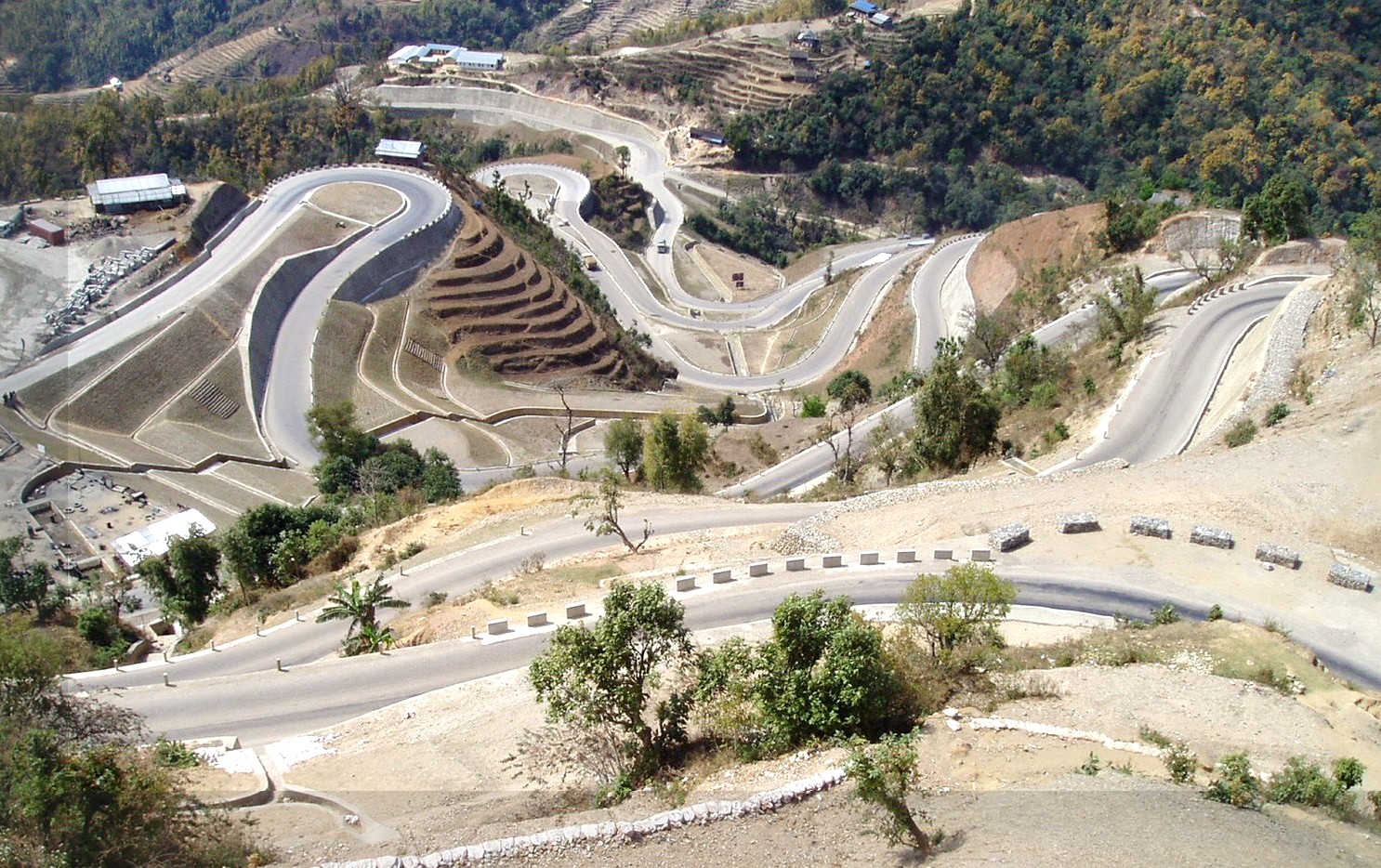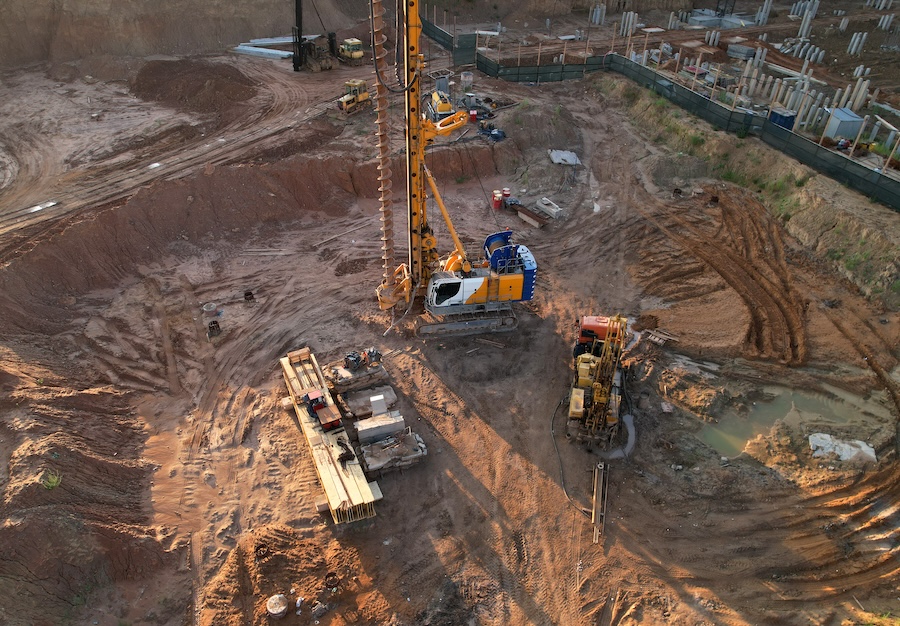The Advantages of Partnering with a Leading Consulting Engineer for Your Service Requirements
The Advantages of Partnering with a Leading Consulting Engineer for Your Service Requirements
Blog Article
The Interdisciplinary Approaches in the Geotechnical Market: Connecting the Gap Between Engineering, Geology, and Environmental Scientific Research for Optimal Job Results
The assimilation of design, geology, and environmental scientific research within the geotechnical sector is not simply advantageous; it is critical for accomplishing ideal job end results. This interdisciplinary partnership fosters a thorough understanding of complicated site conditions, enabling innovative options to arise. By taking a look at crucial roles and effective study, we can uncover the vibrant interaction that drives job success. Obstacles remain in properly handling these multidisciplinary efforts, elevating concerns about future fads and potential developments. What approaches might emerge to facilitate this essential partnership and improve the efficiency of geotechnical techniques?
Significance of Interdisciplinary Collaboration
The relevance of interdisciplinary collaboration in the geotechnical market can not be overemphasized. Reliable geotechnical projects call for the combination of varied proficiency from various fields, consisting of engineering, geology, and environmental science. This cooperation makes certain that all elements of a project are taken into consideration, bring about comprehensive options that deal with complicated difficulties.
When functioning in seclusion,Interdisciplinary partnership promotes development by allowing professionals to share insights and techniques that might not be apparent. By leveraging the strengths of numerous techniques, teams can identify potential risks, enhance style procedures, and boost the sustainability of geotechnical jobs. Moreover, such collaboration promotes an all natural understanding of site-specific problems, which is crucial for accurate analysis and decision-making.
The intricacy of geotechnical jobs necessitates a collaborated approach to analytic. When designers, rock hounds, and ecological scientists function with each other, they can produce a natural method that lines up technical requirements with ecological considerations and regulatory compliance. This synergy not only enhances task end results however additionally adds to the long-term resilience of framework. Eventually, interdisciplinary partnership is necessary for advancing finest practices and accomplishing excellence in the geotechnical industry.
Key Duties of Each Technique
Cooperation amongst numerous self-controls is not simply useful; it is vital for the effective implementation of geotechnical jobs. Each self-control-- design, geology, and environmental scientific research-- plays a distinctive yet interconnected role that adds to project effectiveness and sustainability.
Geotechnical designers are mainly in charge of creating structures and guaranteeing architectural stability. They assess soil and rock homes to analyze load-bearing capabilities, offering essential data for secure construction practices. Their expertise allows the formula of innovative options to complicated difficulties.

Environmental scientists analyze the possible effects of building and construction on ecological communities and water sources. They perform environmental evaluations and establish reduction methods to reduce adverse effects. By incorporating ecological considerations, they make sure compliance with policies and promote sustainability throughout the job lifecycle.
Case Studies of Effective Combination
Successful assimilation of geotechnical disciplines can be exemplified via various case research studies over at this website that highlight the performance of team effort in dealing with intricate engineering obstacles. One noteworthy example is the construction of the Hong Kong-- Zhuhai-- Macau Bridge, where a joint technique involving geotechnical design, geology, and ecological science was critical. Designers and rock hounds operated in unison to analyze the seabed problems and enhance the foundation style, making certain security and minimizing ecological impact.
One more impactful case is the enhancement of incline security in the San Francisco Bay Area, where an interdisciplinary team incorporated geotechnical evaluation with environmental analyses. By incorporating hydrological studies and geological studies, the group properly identified possible landslide threats and executed reliable mitigation actions, enhancing security and sustainability.
Moreover, the redevelopment of Brownfield websites frequently calls for a multidisciplinary method. In one instance in Chicago, cooperation amongst geotechnical designers, environmental scientists, and urban organizers led to the successful removal of infected dirt, enabling the safe improvement of the site right into a neighborhood park. These case studies illustrate that interdisciplinary cooperation not just addresses technological challenges but also cultivates innovative options that profit both tasks and neighborhoods.
Challenges in Multidisciplinary Projects

Moreover, working with schedules and operations amongst numerous groups can be troublesome, especially when each technique has one-of-a-kind project milestones and deliverables. This imbalance can lead to delays and enhanced expenses. The challenge of resource appropriation likewise looms big; making certain that customized knowledge is readily available at important junctures needs mindful planning and foresight.
Finally, regulative compliance presents one more substantial obstacle. Each technique might deal with various regulatory structures, and lining up these needs to satisfy project objectives can be complex and taxing. Dealing with these obstacles requires solid leadership and efficient interaction methods to foster partnership and make certain that multidisciplinary teams work cohesively towards shared objectives.
Future Trends in Geotechnical Practices
As the geotechnical sector progresses, emerging fads are improving practices to attend to the challenges encountered in multidisciplinary jobs - tailings engineer. One considerable fad is the boosted combination of sophisticated innovations, such as expert system and artificial intelligence, into geotechnical evaluation and style. These innovations boost predictive modeling and threat assessment, making it possible for designers to make even more educated decisions throughout the task lifecycle

Additionally, the fostering of electronic doubles and real-time monitoring systems is ending up being a lot more prevalent. These tools help with continuous analysis of dirt conditions and structural performance, enabling prompt interventions when concerns occur.
Final Thought
Finally, the combination of design, geology, and ecological science is essential for accomplishing optimal outcomes in the geotechnical industry. Interdisciplinary cooperation fosters advancement, boosts problem-solving capabilities, and aligns technical demands with environmental sustainability. Effective study highlight the benefits of this method, while acknowledging the here obstacles encountered in multidisciplinary jobs. Looking ahead, welcoming these joint techniques will be important for browsing future patterns and advancing the field of geotechnical engineering.
The assimilation of design, geology, and ecological science within the geotechnical industry is not merely beneficial; it is essential for accomplishing ideal project outcomes. Efficient geotechnical tasks require the integration of diverse competence from different areas, consisting of design, geology, and ecological science.Navigating the intricacies of multidisciplinary projects in the geotechnical sector offers numerous significant challenges.As the geotechnical sector evolves, arising fads are improving methods to address the difficulties encountered in multidisciplinary jobs. Geotechnical engineers are increasingly collaborating with ecological researchers to guarantee that jobs line up with sustainability goals and abide with regulatory requirements.
Report this page